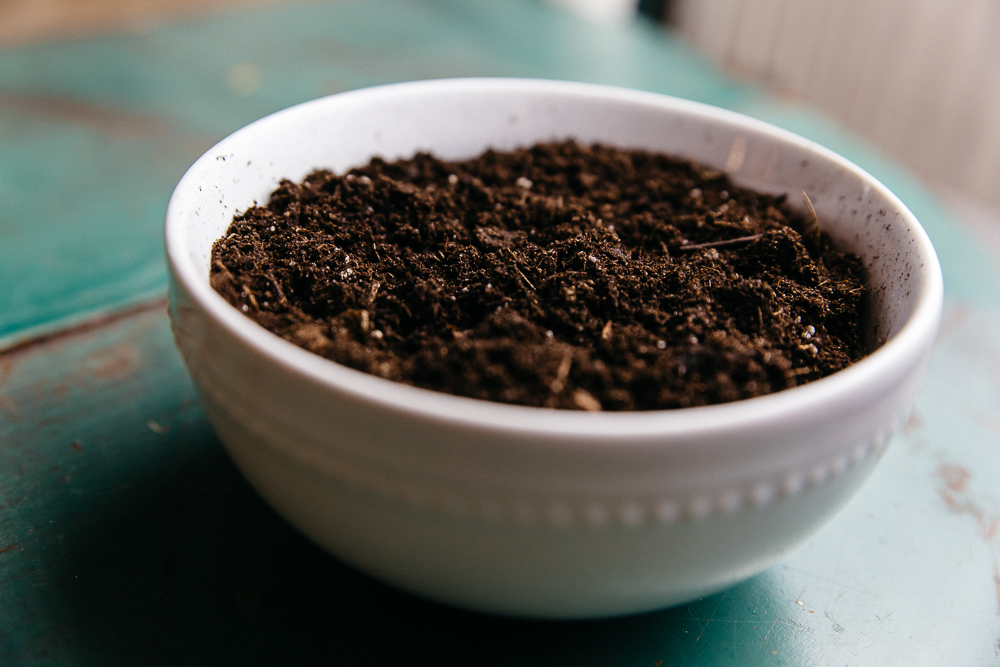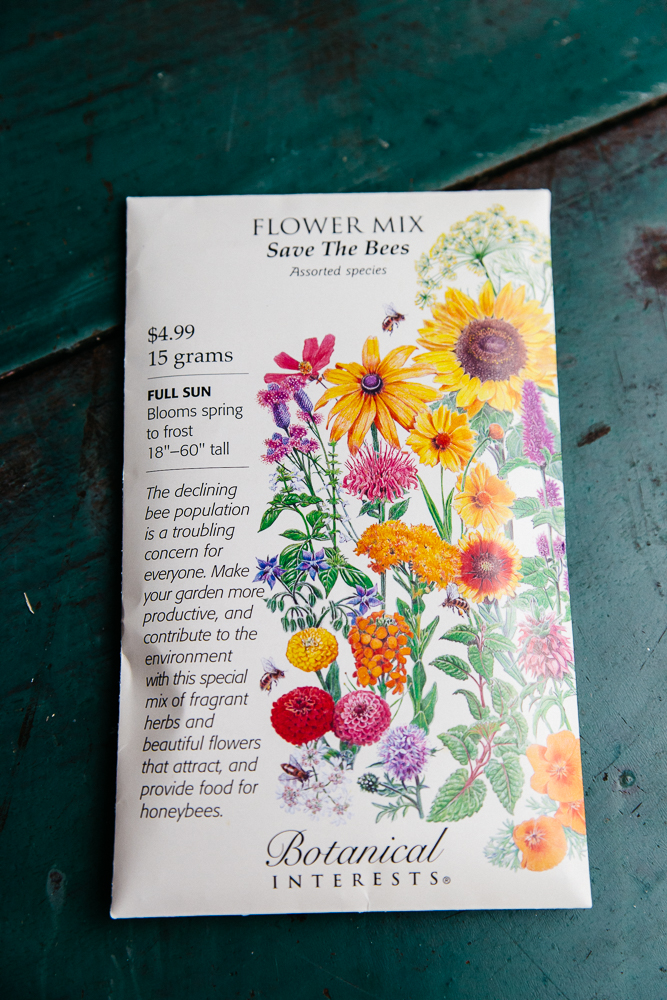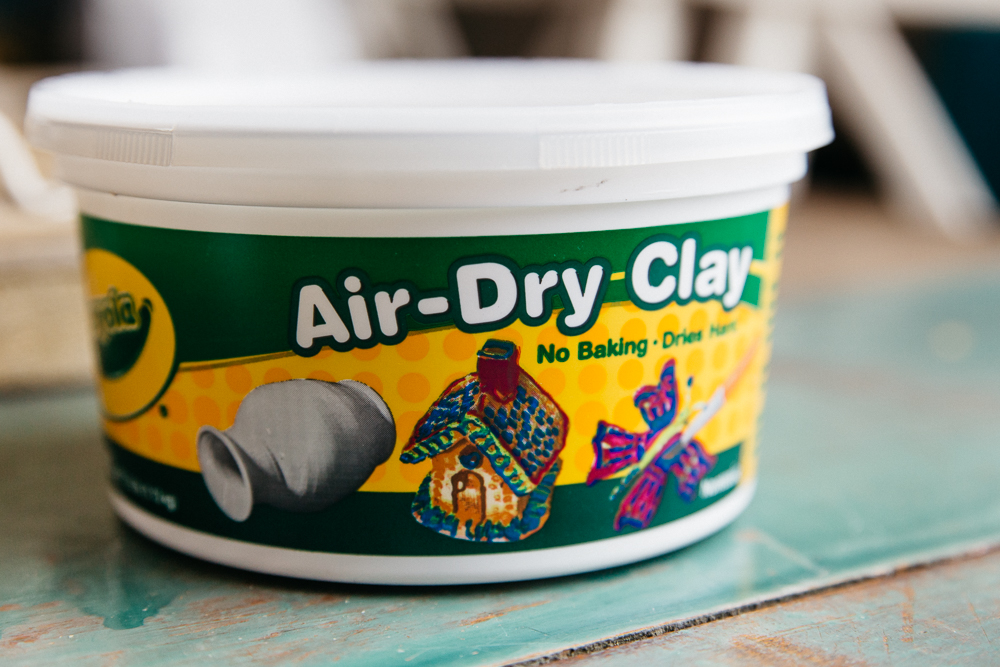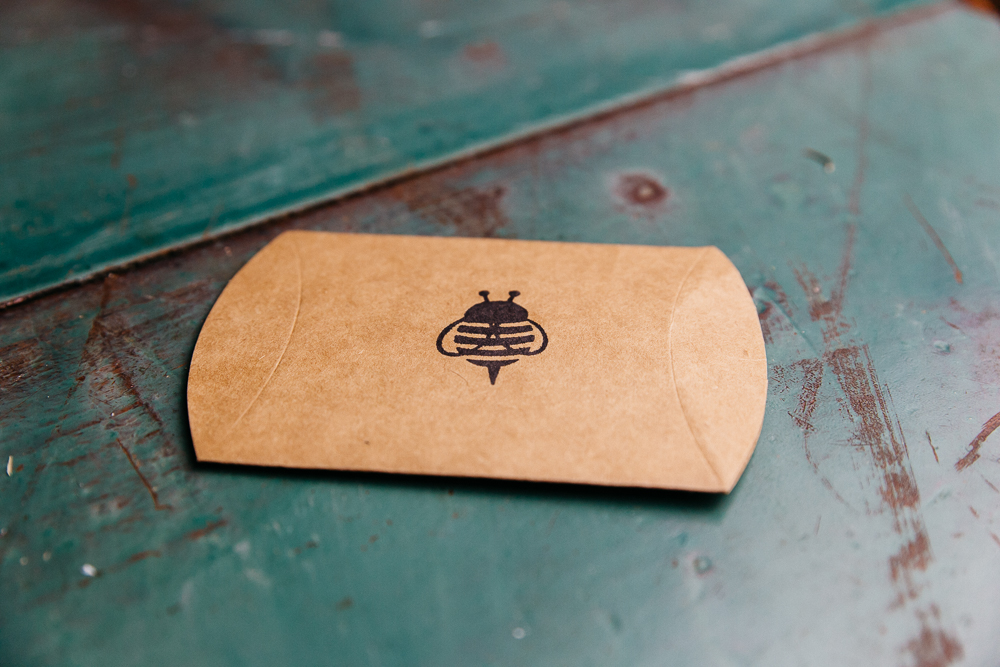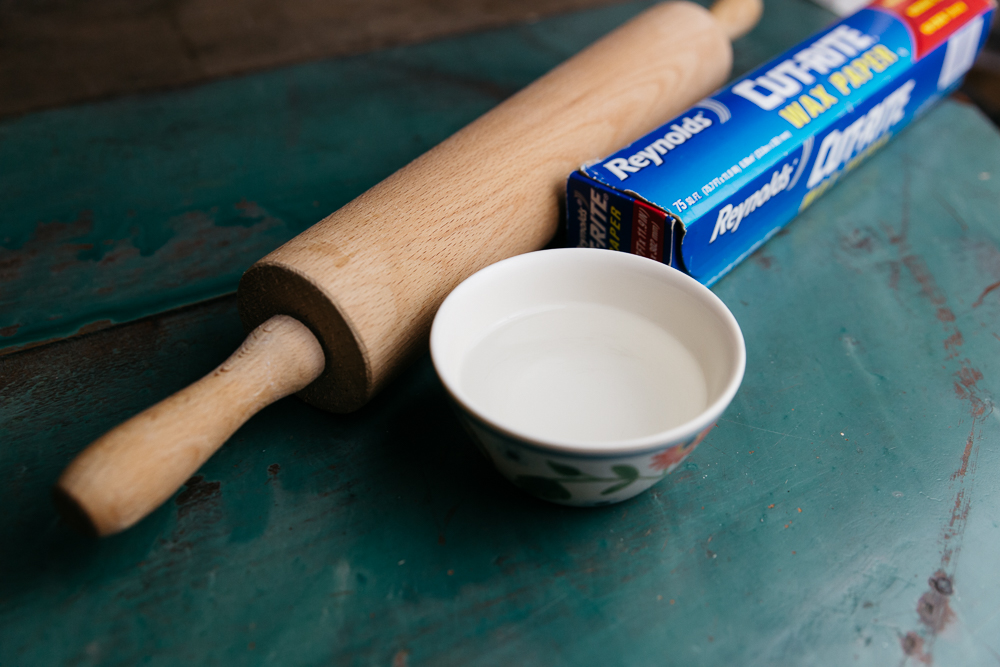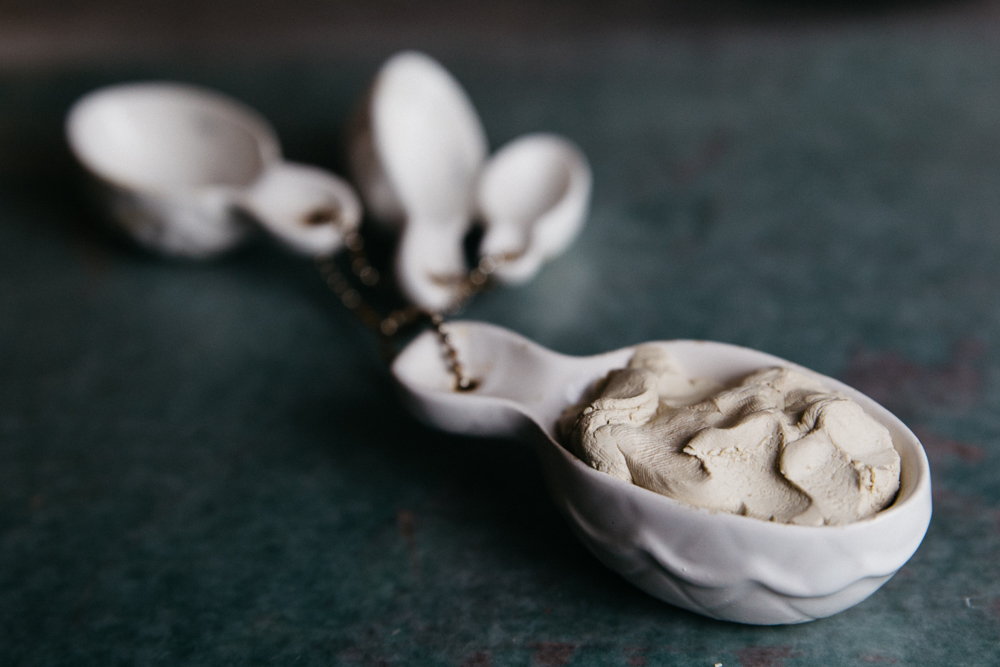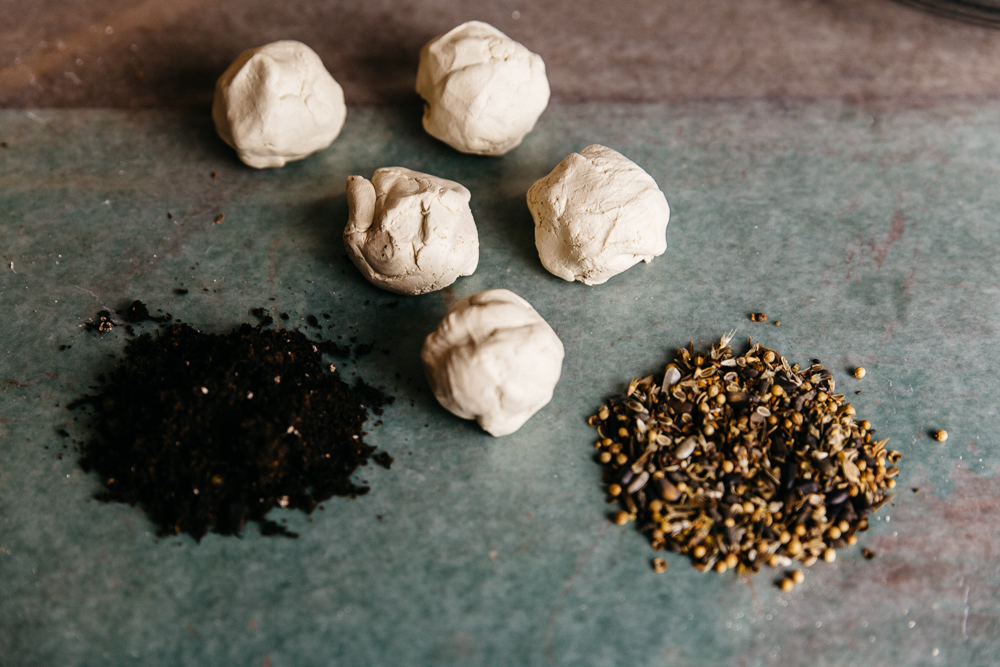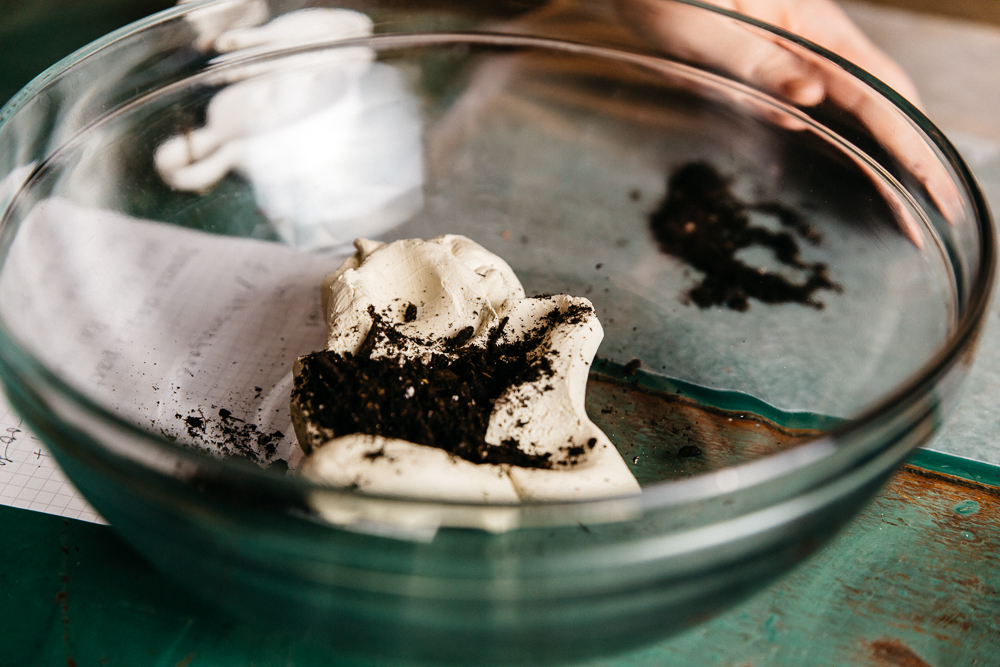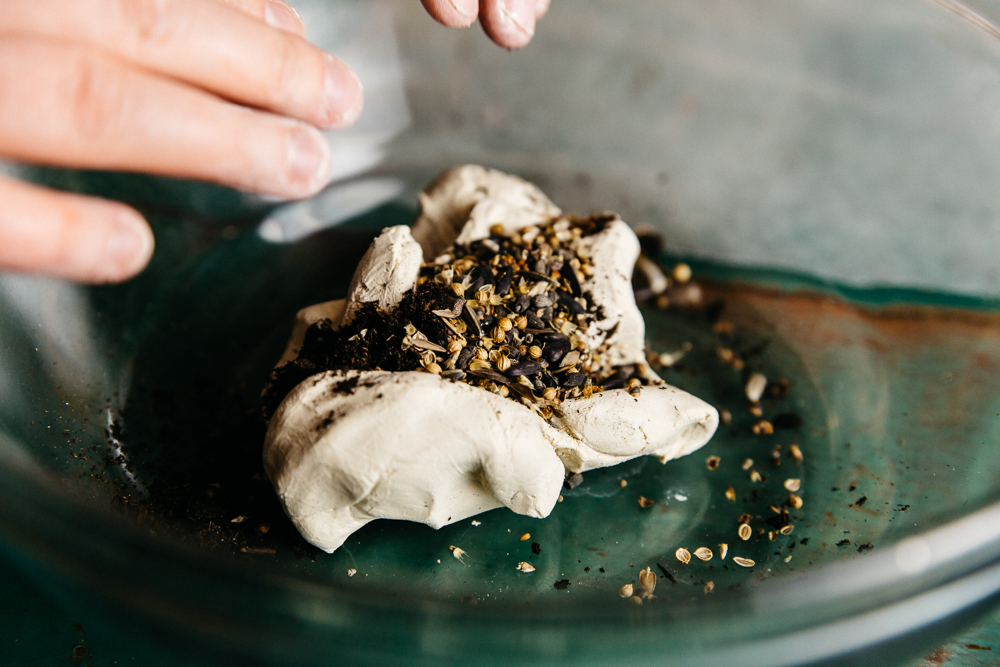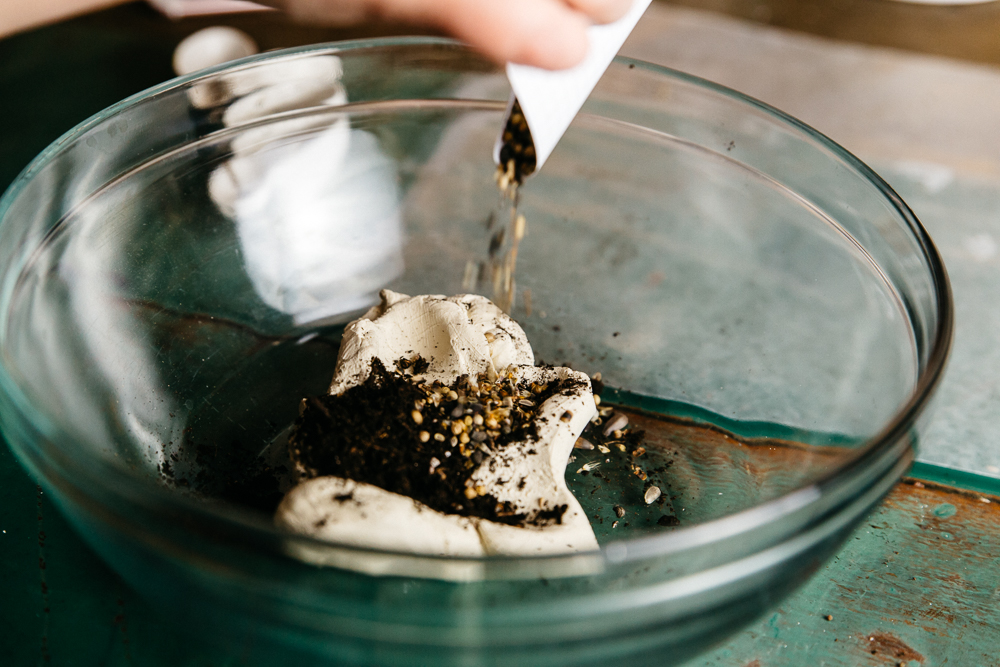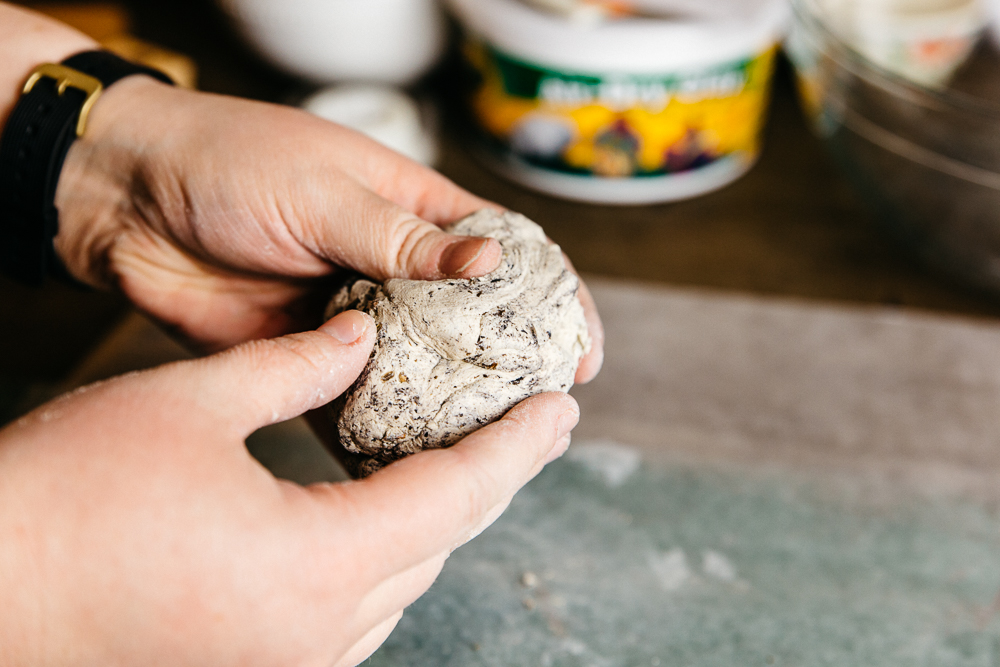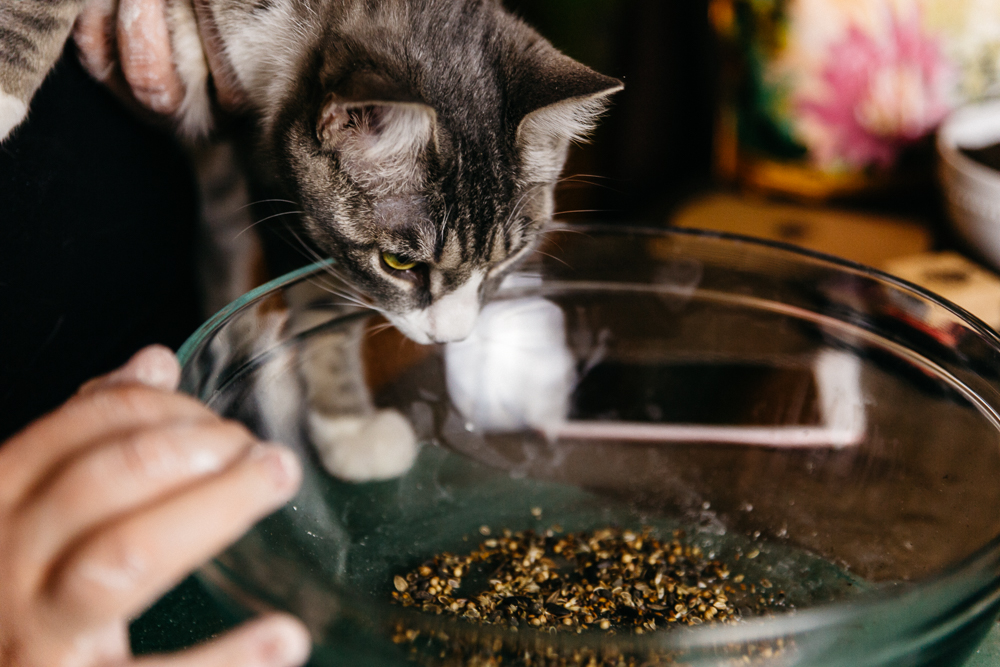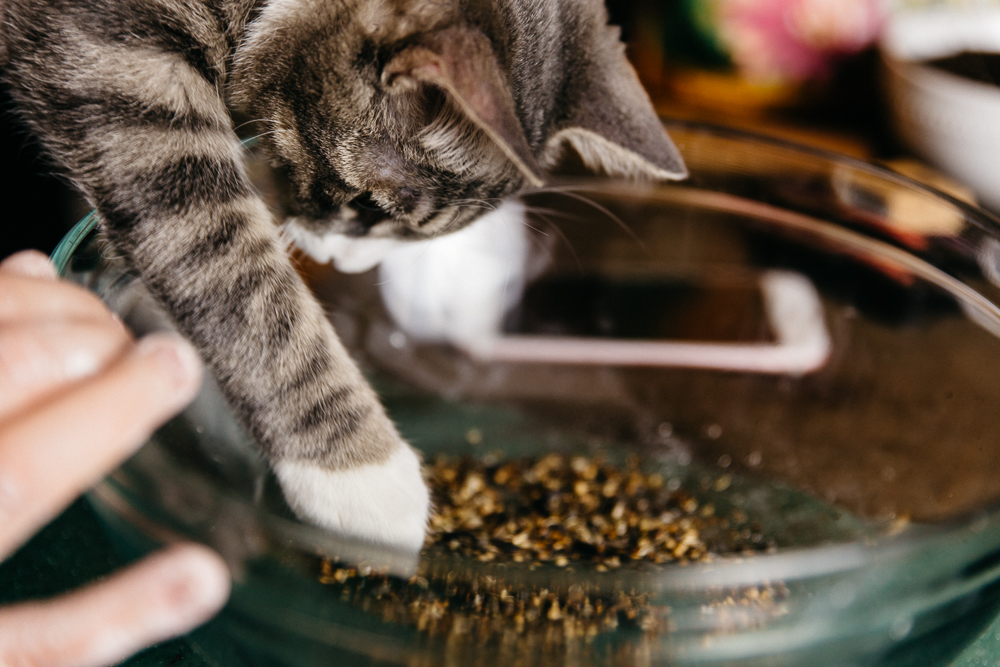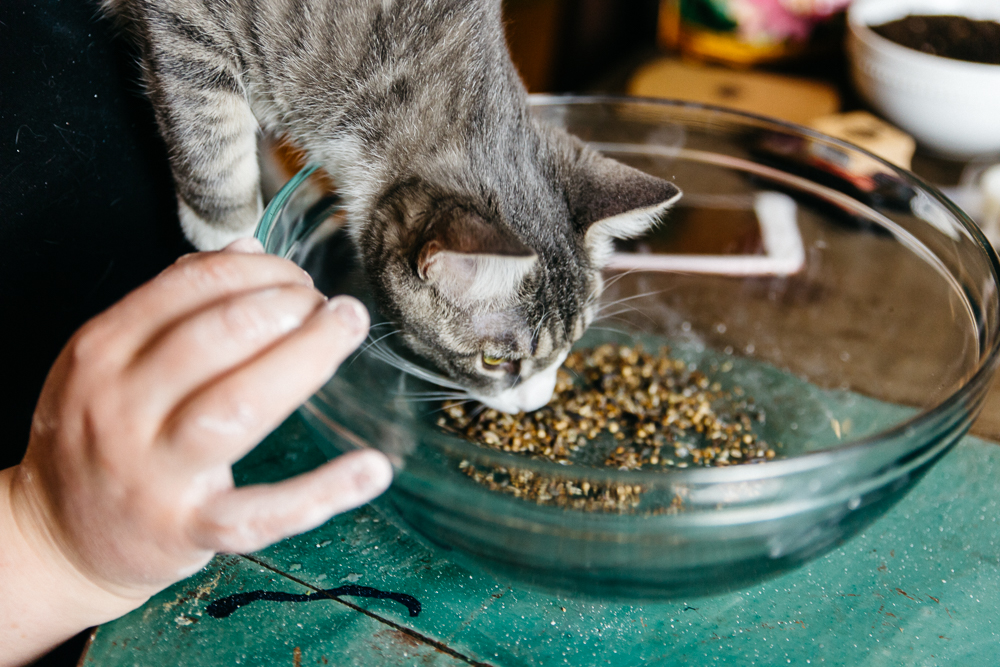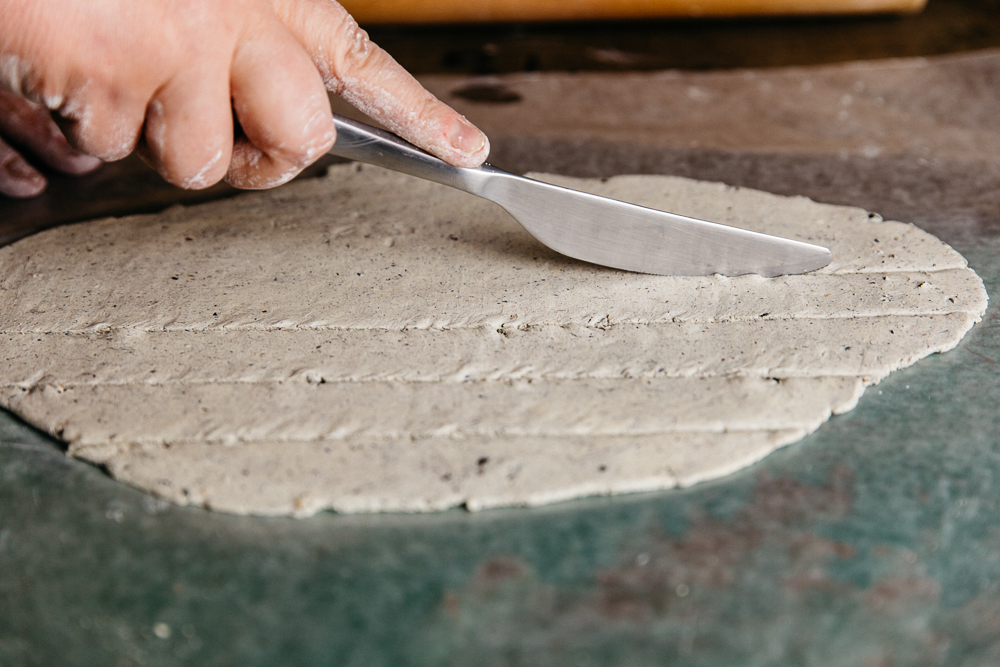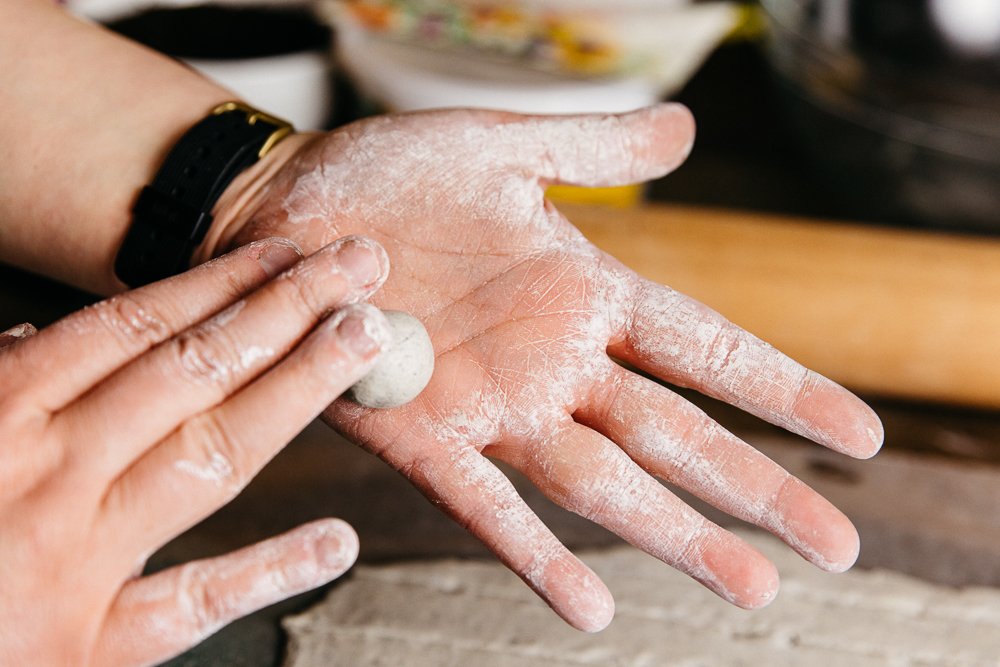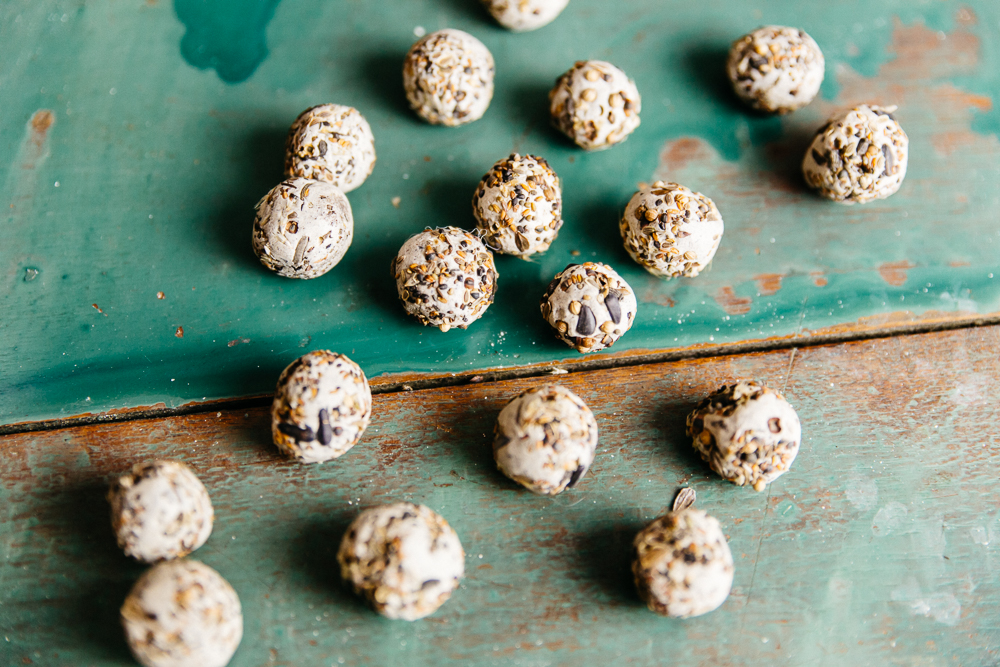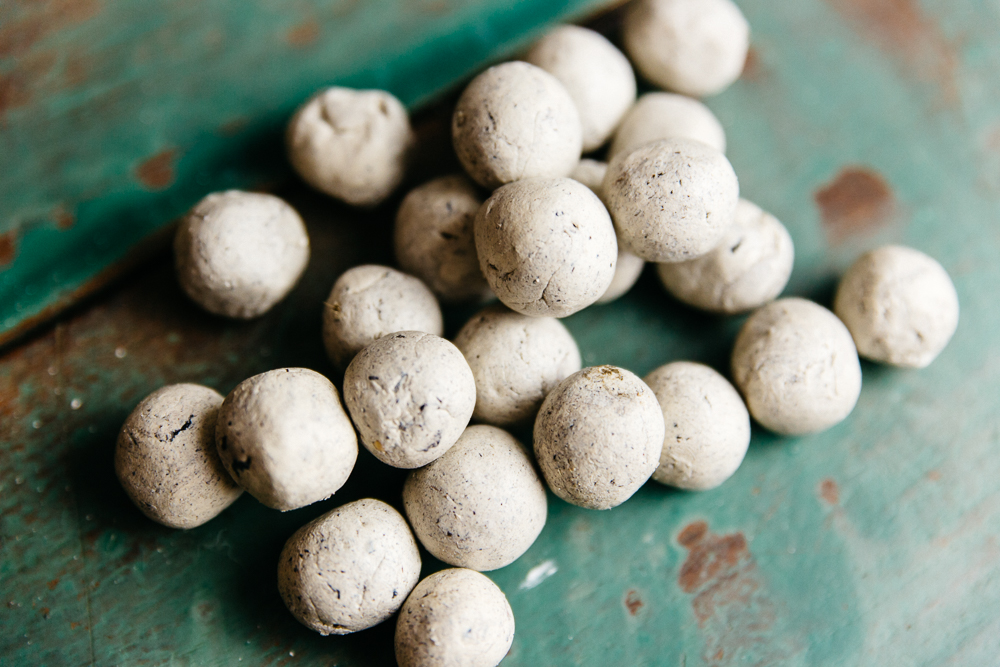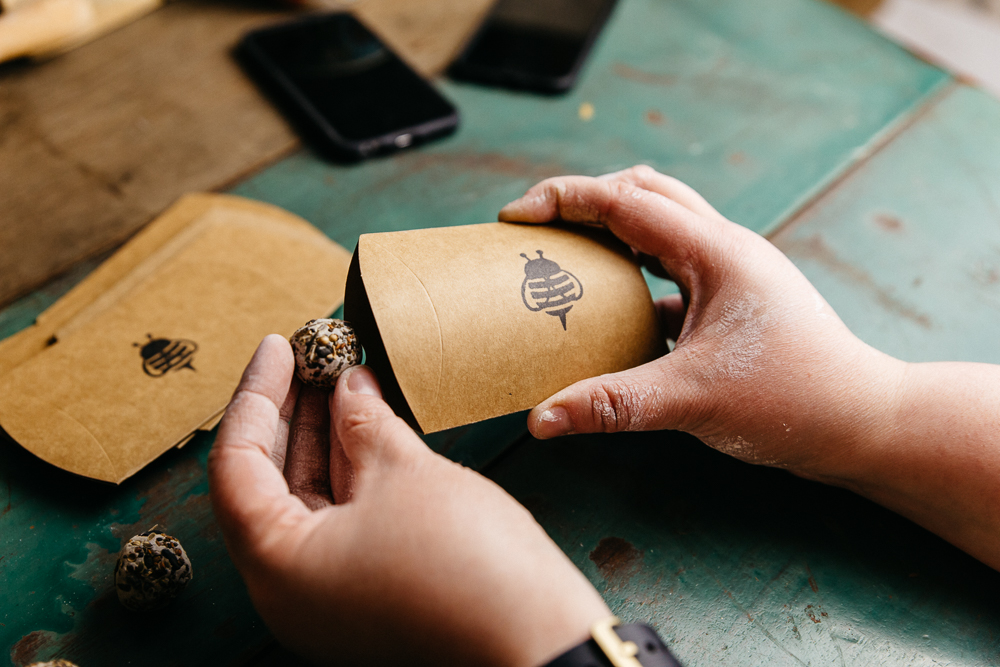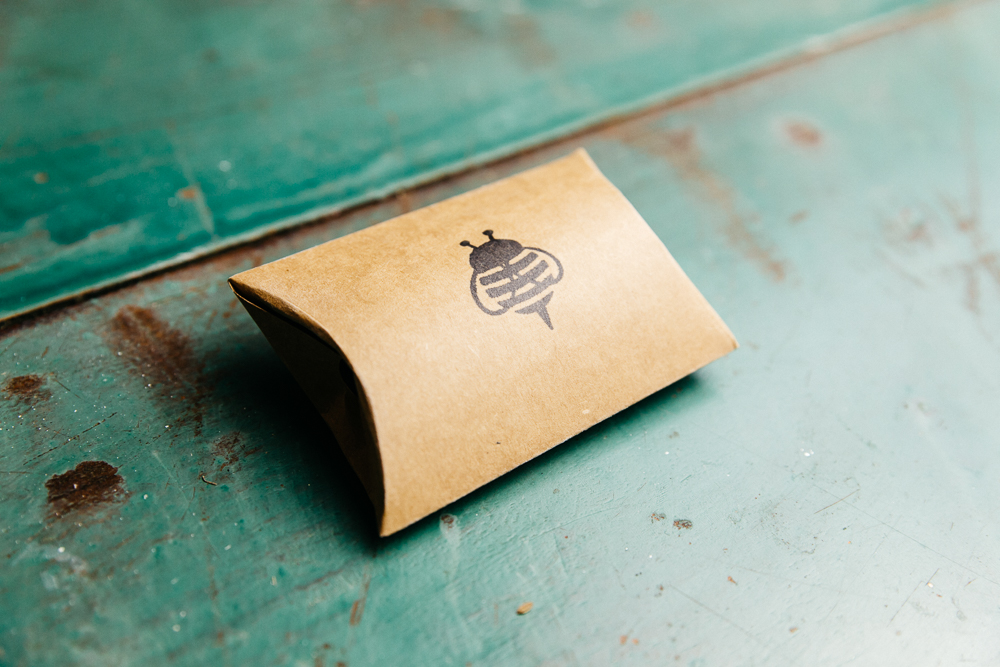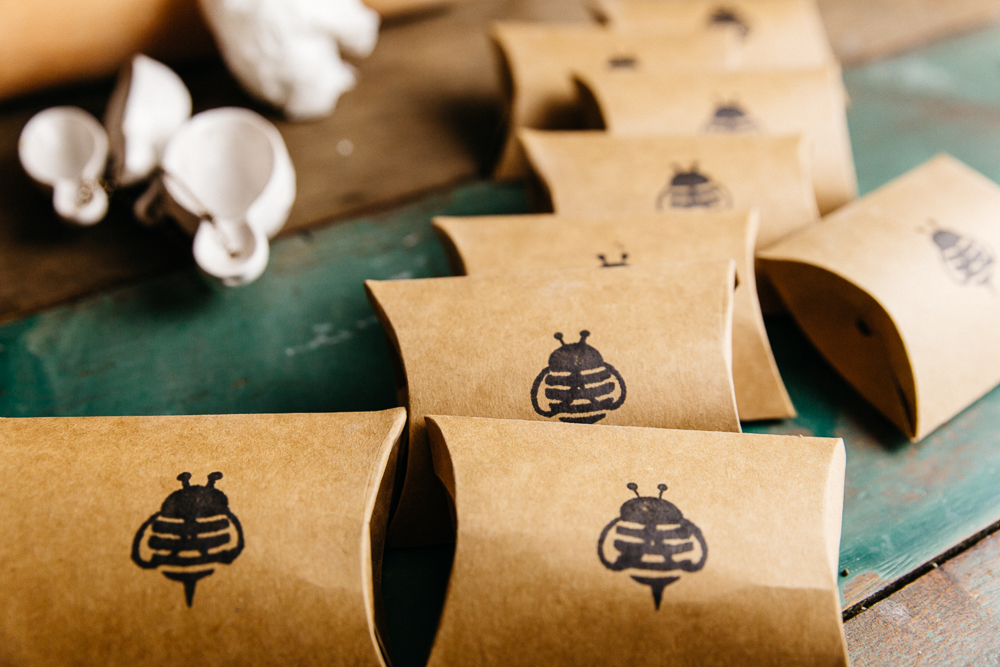How to Make Flower Bombs and Help Save the Bees!
My earliest memory of Honeybees happened when I was about four or five years old. In Gram and Grandpa’s backyard on one summer day, my older sister was learning to mow the lawn. Grandpa had just gotten a new riding mower and she, being seven years older, had the privilege of taking it for a spin.
Gram, Grandpa, my Uncle Carl and I stood along the side of the yard and watched her go. Grandpa hollered which direction to turn the wheel and probably yelled for her to slow down, too. I’ll never forget the twinge of envy I felt that she got to drive the shiny, red lawn mower. Being very mature for my age (do not confirm this with my sister, please!), I was able to put it aside and celebrate her achievement. I romped over to the first patch of freshly mowed grass and plopped down, planning to enjoy the remaining scene from there.
As per usual, I managed to unintentionally ruin my sister’s big day by getting stung by a bee…on my bum, no less. I wailed, a lot. My uncle hauled me into the house and flopped me belly-side down onto the couch. Gram filled up a sandwich bag with ice and applied it to my wound. There I lay on a beautiful summer’s day, inside, disappointed, defeated, and with ice on my bare bottom. It was the pits and I had a mean, miserable Honeybee to thank.
While I still fearfully respect bees, nowadays I’m the type to rush into the house to get water for them when I see a Honeybee stationary and looking tired. You see, I understand and appreciate the value of bees. Right now, they need our help more than ever.
Aside from the obvious bee benefit, honey, bees are crucial to our survival. According to the American Beekeeping Federation (click here for more info on the ABF and for more bee facts), nearly one-third of all the food Americans eat is directly or indirectly derived from Honeybee pollination. This is a great opportunity for you to educate your kiddos and to show them just how much our farmer’s and country rely on bees.
Heirloom Tip: Grab a glass liquid measuring cup and pour in one cup of water. Together, use a dry erase marker to color the outside of the glass up to the 1/3 cup mark. This is a great way to give the kids a visual and to learn fractions, measurements, etc.
According to National Geographic Kids, for the past 15 years, entire Honeybee colonies have disappeared. On the National Geographic Kids site, they explain that this is called colony collapse disorder and it’s having a huge impact on the bee population. So huge that billions of bees are gone, up to 90% in some areas. While I personally disagree that the reason is unknown, National Geographic Kids has a great, downloadable fact sheet for you to share with your littles (you can get it here).
You can help! And all it takes is a fun project with the kiddos to change some Honeybee lives. Using homemade flower bombs, we can easily and safely plant nectar-rich flowers needed to sustain these incredible little creatures. Do some research and choose the seeds you are most comfortable with, but I suggest using the Save the Bees mix by Botanical Interests.
Here’s what you’ll need:
- Five tablespoons of clay (I used Crayola’s Air Dry Clay in white)
- One tablespoon of seeds, like Save the Bees mix by Botanical Interests
- One tablespoon of soil (I used Miracle Gro’s Cactus, Palm, and Citrus blend because it’s light, blends into the clay well and still has the nutrients needed to help the seeds germinate. You can use whatever you have on hand, really!)
- Water
Before you get started, make sure you have a flat surface to work on, like a tabletop or large cutting board. You’ll notice I used our table and taped down some wax paper for my workspace. I even had some help. It's impossible to do anything with kittens around.
Measure out your ingredients in a mixing bowl. Using a few drops of water to help make the clay more pliable (I just dipped my fingers in the water and sprinkled it onto the clay), knead everything together. I used a bowl to minimize the mess, but if you’re doing this with your littles, it may be more fun to just mix it together on the flat surface.
Once it’s mixed well, roll it out with a rolling pin and cut into strips. I eyeballed it to keep the balls the same size (think marbles). If I’m only making a small batch, I like to roll the balls in the remaining seeds. It gives them a fun texture and gives kiddos a chance to have a look at what’s on the inside while they dry.
What I love about these little flower bombs is that they are a fun activity to do with your children, but they also make a sweet party favor for any event. For weddings, you could put them in pretty containers with a Thank You tag, or if you’re having a garden party (send me an invite, please!), you could load them into vintage mason jars as a self-serve style takeaway. If you are feeling brave, you could set this up as an activity table at your child’s birthday party or even a friend's baby shower!
To give you an idea of what you could do to package them up, I headed to Michael’s (armed with a 20% off coupon, of course!). I found these cute, brown pocket containers on clearance for a $1.00, a simple bee stamp and a cheap black ink pad. I’m going to hand them out to my friends and coworkers as a cute way to celebrate that Spring is right around the corner!
Bee encouraged and bee inspired (sorry, can't resist!) to toss your flower bombs into open spaces on your property, or my favorite, out the car window into large fields, onto grassy embankments, or other places you think they’ll stand a chance. Grab the kids, your friends, spouse, or a stranger to make these sweet little flower bombs. Together, you can relish in the fact that you are having fun and doing your part to save some very important little friends, Honeybees!

